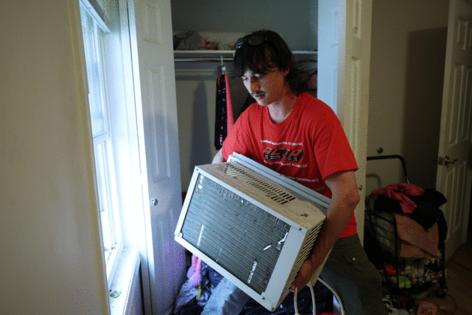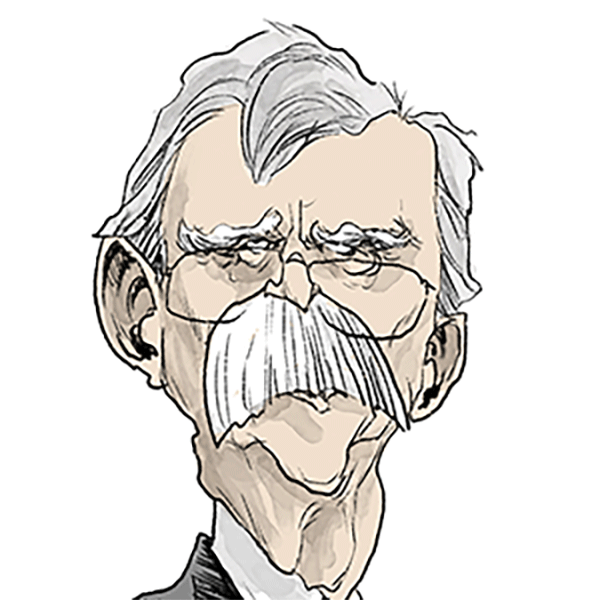Commentary: Why the US is better than Europe at preventing heat deaths
Published in Op Eds
When it comes to reporting on the comparative health of nations, there is ample bias in the national and international press about American shortcomings. Some of it is justified — disproportionate numbers of obesity and firearm deaths are usually cited by medical and nonmedical sources, as well as the relatively high infant mortality.
But no less important are environmental deaths, specifically those related to hot and cold weather, which are rarely cited. The U.S. figures are far more impressive than those of the rest of the industrialized world, and it is inarguable that this country does a much better job of preventing heat and cold deaths than Europe does.
First, heat deaths: Comparisons of heat deaths between countries are limited because numbers vary according to how heat deaths are defined, the differences in weather and patient characteristics in various countries, and the sources of the data. The numbers here are a compendium from several sources including Lancet, Nature and several public health and weather websites; mileage may vary.
Taking all this into account, the difference in annual heat deaths between Europe and the U.S. is surprising: In the 21st century, European heat deaths on average range from 60 to 200 per 1 million people annually, while American heat deaths average about three to eight per million annually. This means, conservatively, each year, perhaps 20 times as many people die of the heat in Europe as in the U.S. A graphic example: During the recent European heat wave that began in May, one country, Spain, experienced 1,180 deaths in only two months.
The data from deaths due to cold weather are even more sobering. Even with a warming Earth, cold continues to kill more people than heat in most parts of the world where there is any kind of cold winter. In Europe, there are 300 to 500 deaths per million due to cold annually in the past three decades, while in the U.S., the number of deaths from cold is in the range of 10 per million. So a conservative estimate would be that for every person who dies as a result of cold weather in the U.S., at least 30 die in Europe.
When deaths from heat and cold are combined, Europe has close to 50 times as many deaths as the U.S. — as many as 250,000 to 500,000 more deaths every year. Over a decade, this means several million more people die from heat and cold in Europe than die in the U.S. from those causes. A comparison of the annual numbers shows that the difference in environmental deaths easily surpasses the much more widely reported firearm death comparison. The U.S. has nearly 50,000 firearm deaths annually, and Europe has under 10,000, so the difference in firearm deaths, roughly 40,000, is about 1/10th the difference in environmental deaths.
Why is there such a difference in environmental deaths between the U.S. and Europe? The consensus among experts regarding heat deaths is the ubiquity of air conditioning in the U.S. and the relative paucity in Europe. (The majority of deaths in Spain during the May-June heat wave were in the north of the country, where air conditioning is uncommon compared with in the south.) Besides providing comfort, air conditioning saves lives — often many — especially if air conditioning could be made more available in the Global South, where there are even more deaths due to hot weather.
Despite the consensus, some environmentalists want to limit air conditioning, citing increased electricity use and carbon dioxide production, which will aggravate greenhouse gas emissions. (In 2022, Spain was one of the countries that put restrictions on air conditioning.) The response to climate change must involve a combination of mitigation, such as reducing levels of heat-trapping greenhouse gases and adaptation — that is, adapting to the consequences of a warming environment.
According to Hannah Ritchie, deputy editor of the Our World in Data website, air conditioning currently accounts for about 7% of global electricity use and 3% of carbon dioxide emissions — not negligible but certainly not exorbitant considering how many lives cooling technology saves. While worldwide air conditioning use is expected to increase in the next decade, so is the efficiency of air conditioning units. Air conditioning represents one of the most effective and lifesaving methods of adaptation to a changing climate.
The reasons for increased cold weather deaths in Europe relative to the U.S. are harder to divine, but likely include the ubiquity of older homes with poorer insulation throughout Europe. Outside of Scandinavia, there may be less preparedness and an aging population more vulnerable to cold weather snaps on the European continent.
Human-made efforts to reduce greenhouse gases are essential, but human-made efforts to adapt to weather extremes would have lifesaving consequences more immediately.
____
Dr. Cory Franklin is a retired intensive care physician and the author of “ The COVID Diaries 2020-2024: Anatomy of a Contagion as it Happened.”
___
©2025 Chicago Tribune. Visit at chicagotribune.com. Distributed by Tribune Content Agency, LLC.

























































Comments